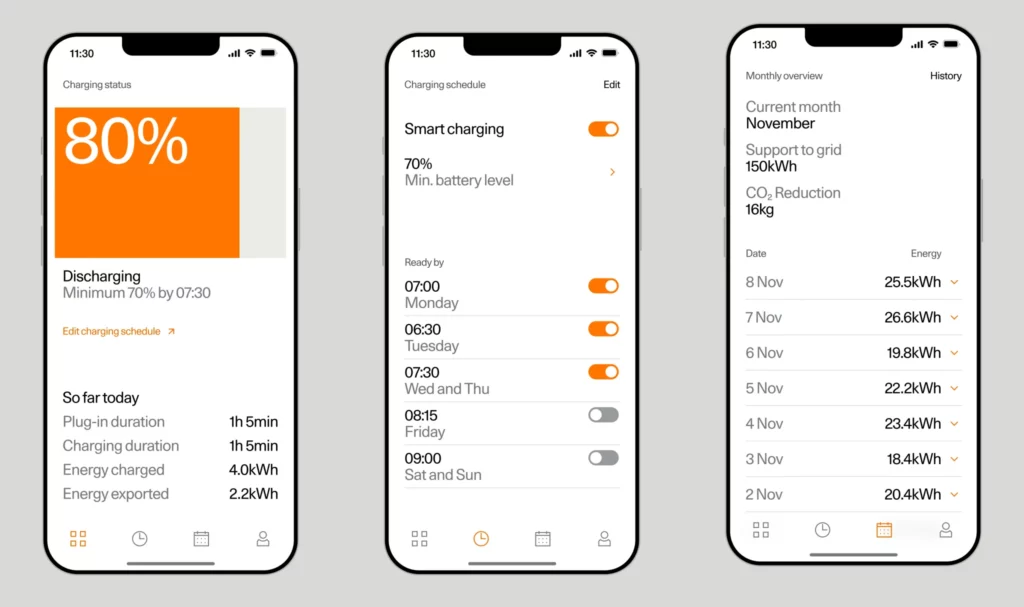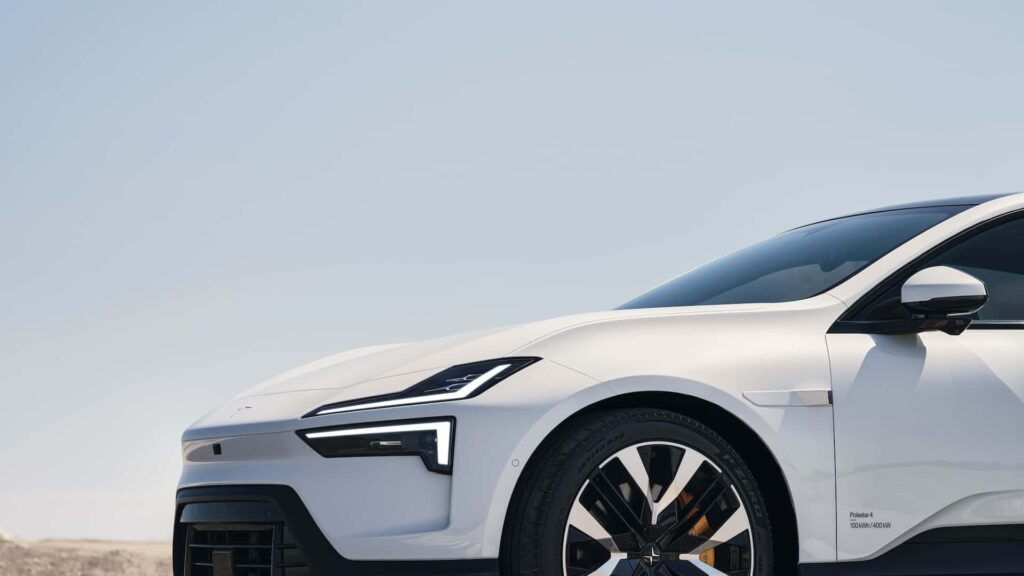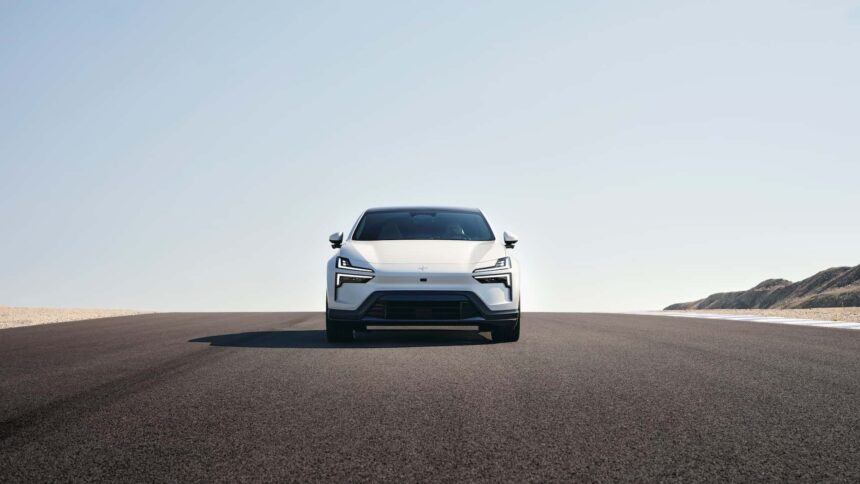
Vehicle-to-grid (V2G) allows electric vehicles not only to consume energy from the electrical grid but also to discharge their batteries back into the grid, providing energy when needed. This technology has the potential to act as large-scale distributed energy storage, helping stabilize grids by combining the power of numerous electric vehicles.
Polestar’s upcoming SUV, Polestar 3, equipped with a substantial 111kWh battery, will play a pivotal role in these trials. Unlike previous virtual power plants, Polestar’s V2G technology aims to harness the massive energy capacity of electric vehicles, potentially surpassing the capabilities of stationary home batteries.
Polestar plans to run two pilot virtual power plant programs, partnering with local grid operators in Gothenburg and collaborating with the California Energy Commission and Electric Power Research Institute in California. The trials aim to study V2G use, create regional plans, and assess the potential for widespread implementation.

Both studies are funded by Vinnova, a Swedish government agency dedicated to financing research and development projects. The projects will link participating Polestar 3 vehicles into a central system, calculating total battery capacity and discharging it based on grid demand, while considering battery longevity.
Beyond assisting grid stability, these virtual power plant systems offer financial benefits to EV owners. During “demand response” events, where virtual power plants are called upon, owners have the opportunity to sell electricity back to the grid when prices are at their peak. This economic incentive can potentially make V2G participation a profitable venture for EV owners.
While V2G technology holds promise, challenges include balancing the needs of the grid with the intended use of the vehicle. Since vehicles are primarily for transportation, finding a balance between grid support and maintaining sufficient range for regular use is crucial. Additionally, V2G requires additional off-vehicle hardware for bidirectional charging, posing considerations for practical implementation.

While Polestar 3 includes hardware for V2G, the software enabling bidirectional charging will come in a later update. Polestar aims to assess consumer adoption, determine the best business model, and understand owner behaviour during the trials before releasing the software.
The trial is set to begin in the first half of 2024 in Gothenburg and will run for two years, aspiring to be one of the largest V2G pilots in Europe. Simultaneously, a pre-study for California’s pilot will commence in December, running until October of the following year, to establish a roadmap for V2G implementation in the state.
As Polestar ventures into these pioneering trials, the results may shape the future of V2G technology, offering a glimpse into the potential for electric vehicles to play a crucial role in grid stability and sustainable energy practices.








